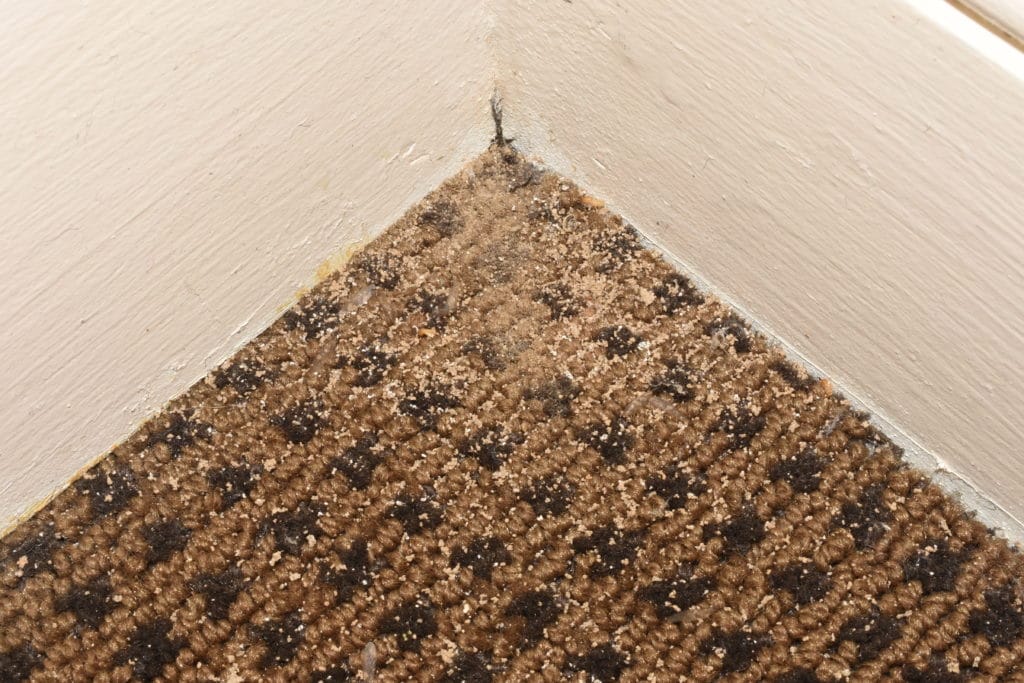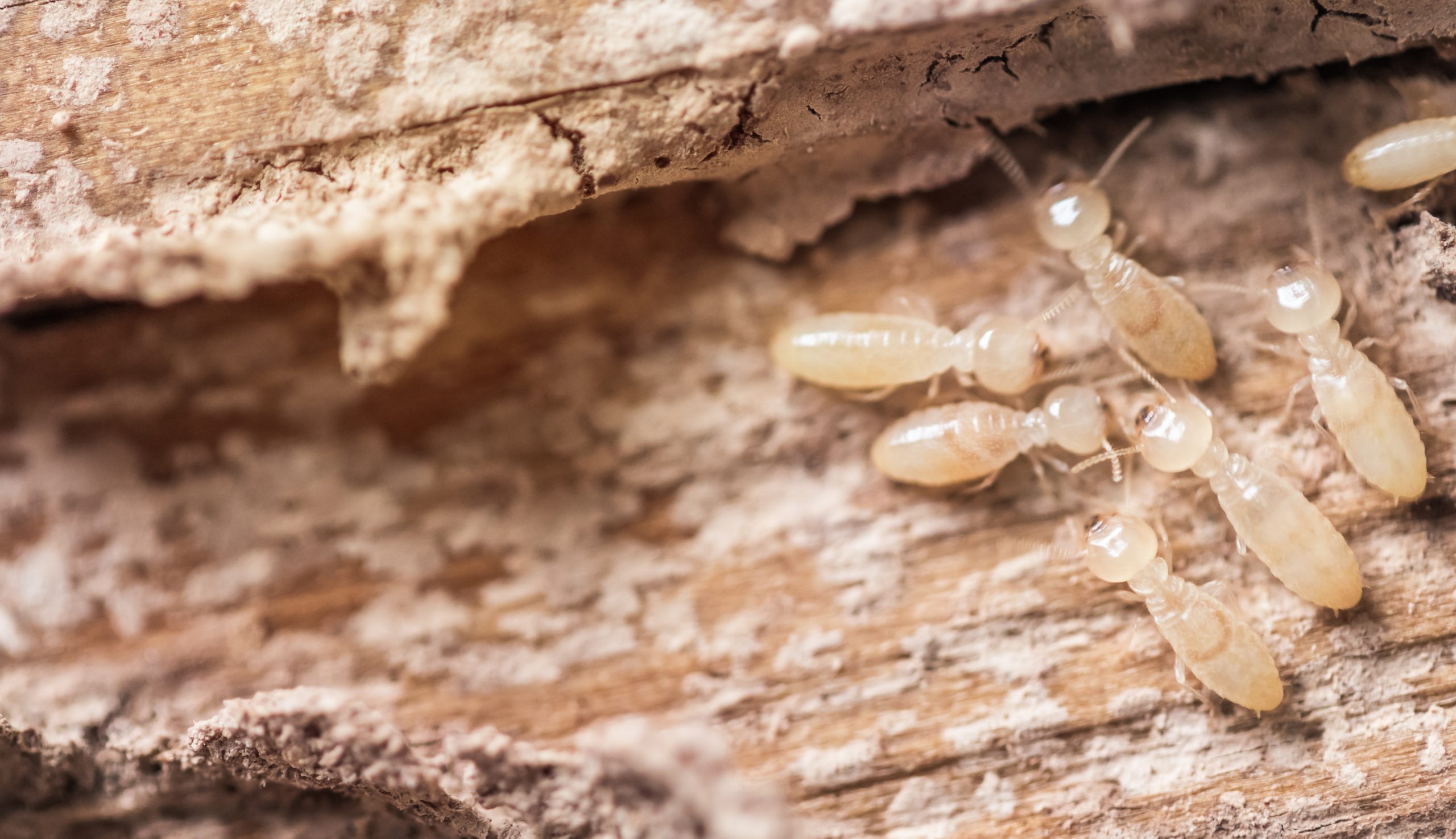Table Of Content

During moderately warm weather, flying termites emerge from hidden spaces to find new wood to set up a new colony. There may be swarms of flying termites around the house or yard during their search for a mate and home. Identifying the source of the swarm can help homeowners find the rest of the colony. Being proactive means getting to know what termites are and how they use wood so homeowners know what to look for.
Termite swarmers
Bear in mind that not all termites will leave behind such a calling card. Some will even use their droppings as materials for building their nest, such as subterranean termites. So you will need to be vigilant and keep an eye out for other signs in such cases. As a result of this damage, your once-solid walls and floors may also have hollowed out.
How To: Protect Your Home from Carpenter Ants
Knowing how to spot them can help you prevent and promptly treat an infestation before you need to spend thousands on repairs. Termites are small wood-destroying insects that live in colonies, similar to ants. According to the US Environmental Protection Agency (EPA), estimates suggest they cause billions of dollars in structural damage annually.
Structural damage
Knock on Wood: Surprising Things Attracting Termites to Your Home - Realtor.com News
Knock on Wood: Surprising Things Attracting Termites to Your Home.
Posted: Tue, 11 Jun 2019 07:00:00 GMT [source]
This won't kill all of the termites — they will simply begin to rebuild. Instead, when you see mud tubes, call an exterminator right away. They will also want to check out the mud tunnels to see what kind of termites live inside and assess the level of risk to your home.
Chemical Treatments
Brown dust on top of your baseboards can also be a sign that termites have burrowed their way into drywall. But, there’s more than dust to this substance as you will see in our next point. Check out our guides to getting rid of bed bugs, rodents and ants. • Don’t bury scrap wood or leave tree stumps in the vicinity of the house.

While there are preventative measures you can take to deter termites from your property, termite infestations are serious issues and should be managed by professional pest controllers. If you spot wood damage, Kelly recommends carefully inspecting the damaged area for signs of mold or mildew. Mildew typically has a powdery appearance while mold may look damp or fuzzy. "If you find any, then you have a wood rot problem." Wood rot isn't a sign of termite damage, but continuously damp wood can attract pests like termites. Swarmers are flying termites that don't bite, sting, or eat wood. That's because their only purpose is to reproduce and establish new colonies during the swarming season.
If termites have been in your house for a long time, they can cause significant damage. Such damage can cause your home to shift or settle as it reacts to being eaten away. Signs of structural foundation damage in a home include drywall cracks above doors and windows and doors and windows that do not close properly. For this reason, they commonly invade homes, eating at the wood framing, trim and siding.
You might not know you have termites until they have gnawed through so much wood that you are looking at thousands of dollars in damage. Subterranean termites are found throughout the continental United States. These pests build their colonies underground and can travel above ground to access food sources. They enter homes through cracked or unsealed foundations as well as through tunnels constructed from mud, their feces, and saliva. Some signs you may have termite damage include wood with hollow spots. You can check for hollow spots by pushing against the wood with a flathead screwdriver.
Termites are small whitish insects, about a quarter of an inch long. The eastern subterranean termite is most common in North America. While termites cause more of a problem in the South, Webb says they can be found in every state of the U.S. except Alaska — yes, they can survive northern winters in some places.
Since termite activity may only become visible after they’ve been active for months or even years, it’s crucial to have your property inspected by a trained professional. Not seeing swarms of these winged insects doesn’t mean your house is safe from them. While a telltale sign of an active infestation is an accumulation of termites flying around your windows or foundation, there are a few other warnings that also indicate a problem. Subterranean termites, the most common type of termites in the U.S., need moisture to survive. Most household wood doesn’t have enough moisture for them to thrive, so they create mud tubes to allow moisture from underground into their workspace. Because worker termites spend their entire lives creating and maintaining tunnels, they’re the insects found in damaged wood.
Termites might build these tubes inside walls, in the foundation, along exterior walls, in siding or the ceiling. In some cases, you might be able to spot the mud tubes themselves. In other cases, you’ll likely first see signs of these tubes, such as uneven or bubbling paint. Older mud tubes usually dry out and crumble, often leaving behind “etching” on the surfaces of your house.
Because it's not possible to treat a termite infestation on your own, it's important to call a professional to inspect the damage and determine the proper course of treatment. Hollow wood, on the other hand, or wood with tunnels, is a sign of a termite infestation. You can tell wood is hollowed out because it sounds that way when tapped. In addition to locking in moisture, mud tubes provide a layer of protection from predators. Shelter tubes help shield them from spiders, lizards, and predatory insects. You can distinguish alates from other termites by their dark brown or black bodies.
Tiny pin found holes in drywall are usually a good indicator of a termite infestation. Some termites will fill in the holes to protect their colony inside, but this is not always the case. These indentations are one of a few early signs of termites in drywall. In addition, if you’ve had termite issues, you likely also have a moisture problem with your home. Find and fix any chronic leaks to keep your home looking less appealing to termites in the future. This will also prevent other problems, like water damage and wood rot, so it’s kind of a double win.
There are other types of wood damage that can look similar to termite damage, which is often caused by environmental conditions, such as water damage or wood rot. Before you call for pest control, do a few tests to make sure it is insects and not just humid weather. As termites eat through the wood, it hollows out, which is typically easy to hear. Can you see any other signs of termites around, such as droppings or mud tunnels?
If you notice these things early, you might have a shot at stopping the spread into your home. Termite swarms may take place inside or outside of a home as mature termites leave the nest to start new colonies. You may find small piles of wings in spider webs and on surfaces around your home’s foundation, like window sills. Before wood crumbles from termites’ inner handiwork, the network of tunnels they create and the way they rearrange wood particles can cause it to swell. If this wood is part of a structure that opens and closes (like a window), the warping can make it hard to move—especially if it’s been a while since it was last used. The longer the wood remains undisturbed, the more diligent termites can be with their damage.

No comments:
Post a Comment